

WerrWaaa
gamer level 6
8216 xp
8216 xp
followers
22
22
Use my invite URL to register (this will give me kudos)
https://boardgaming.com/register/?invited_by=werrwaaa
profile badges




recent achievements

Copper Supporter
Show your support for boardgaming.com by purchasing a total of 5 Gems
Show your support for boardgaming.com by purchasing a total of 5 Gems

Bronze Supporter
Show your support for boardgaming.com by purchasing a total of 20 Gems.
Show your support for boardgaming.com by purchasing a total of 20 Gems.

Spread the Word
Find your favorite games and share them with your friends via the social sharing buttons.
Find your favorite games and share them with your friends via the social sharing buttons.

I Play This One a LOT
Play a specific game 20 times.
Play a specific game 20 times.
Player Stats
Critic (lvl 2)
465 xp
465 xp
Explorer (lvl 3)
739 xp
739 xp
Professor (lvl 2)
454 xp
454 xp
Reporter (lvl 1)
183 xp
183 xp
About Me
I game with some folks in Pasadena, CA. I've been gaming in some form or other since I was in middle school. Currently I'm debating getting back into some CCG and wargames I haven't played in a while.







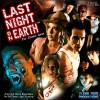



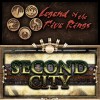
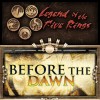
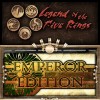


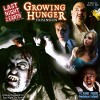
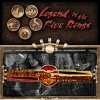
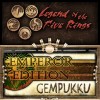
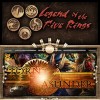
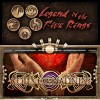



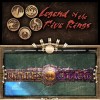
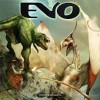
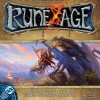
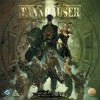
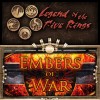



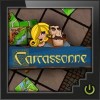



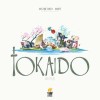
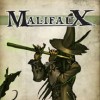
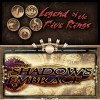

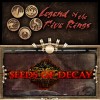
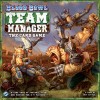






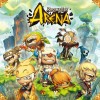





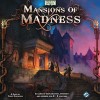
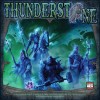





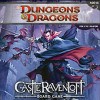
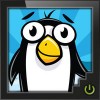





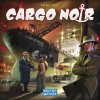
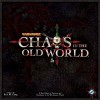





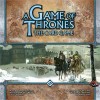
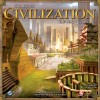
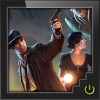






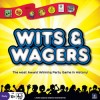

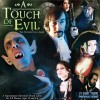

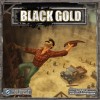
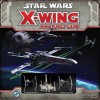


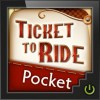




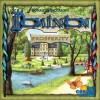
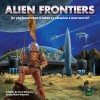




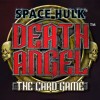
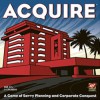



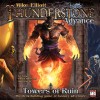






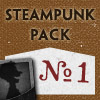
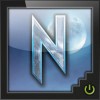
Dungeons & Dragons: 4th Edition
4th edition Dungeons and Dragons is the best D&D rules system to date, hands down. Many people will disagree. They are wrong. The most important part about reviewing D&D 4e is dispelling one very silly myth about it.
“4e is all about table-top combat! It’s not an RPG anymore!”
Yes, this is kind of true. What is a myth, though, is that it must be a bad thing. Role playing games need rules to function, otherwise it is just cooperative story telling and you wouldn’t be playing D&D in the first place. Asking a DM to consistently remember (and continually describe) a combat environment without a play-aid mat is ridiculous. Does anyone get mad when he passes out a note or shows a picture of an NPC? No. Same should go for the combat mat. You remember your character’s stats with a character sheet, and you remember where that orc was standing with a battle mat.
That being said, actual -Role Play- is entirely up to the players themselves. A rules set cannot force a player to talk in-character and decide upon actions that are in keeping with that character’s personality. So, the one thing that really needs to be handled with numbers is combat. And that’s what D&D 4e does remarkably well. This emphasis on a unified combat mechanic bleeds into class design, as we shall see, but it also makes the game very welcoming to beginners.
The primary complaint about D&D is that this focus made it bland. All of the classes work, essentially, the same way. Players pick powers- at will, encounter, and daily powers- at the same progression, and they function the same mechanically 99% of the time (Roll your ability, compare against enemy ability). What this does is create balance, which is something 3.5/Pathfinder seriously lacks. Wizards and Clerics were obscenely powerful, while Fighters and Monks are really just a sad joke. The differences between classes were more flavorful, yes. But that lack of any sort of game balance just kicks all the fun you might have in the dice-bag. D&D 4e has a well balanced class abilities mechanic that looses some flare because it relies on the players to describe (role play?!) their character’s actions, which as we all know, is like pulling teeth.
Dungeons and Dragons 4th edition suffers one serious setback which might deter your investing: horrid product releases. The Wizards of the Coast model is to continually release splat books with heaps of new content. It makes it very hard to keep track of things. Some say this is remedied by their online character builder program, but in my opinion it is just as hard sorting though those hundreds of menus and options as well. And it’s another fee. The more information-driven books targeted to DMs are quite good though, and full of great inspiration for games. Pathfinder’s greatest achievement was the Adventure Path products– D&D 4e published adventures are often quite terrible. You could, in theory, use the Adventure Path stories, scrapping all the game content in favor of 4e stats, but that would be a bit of work. At the end of the day, if you (or your DM) can create your own engaging stories, D&D 4e is a fantastic game that is well balanced and encouraged role playing.